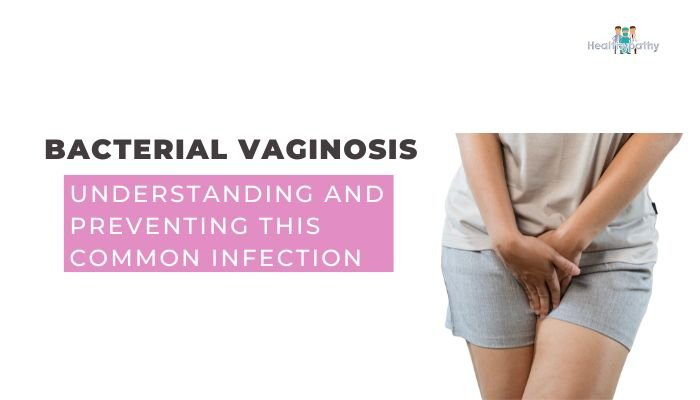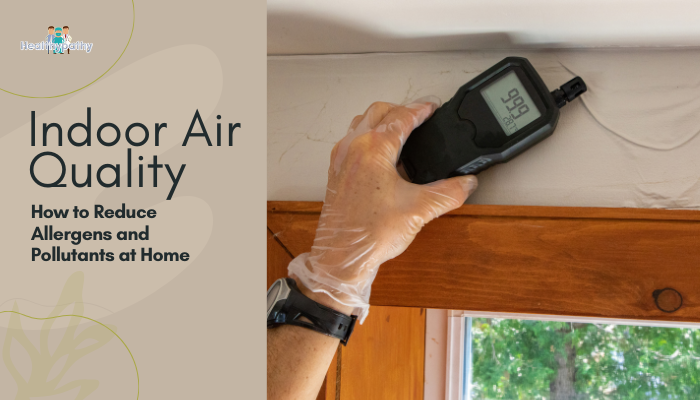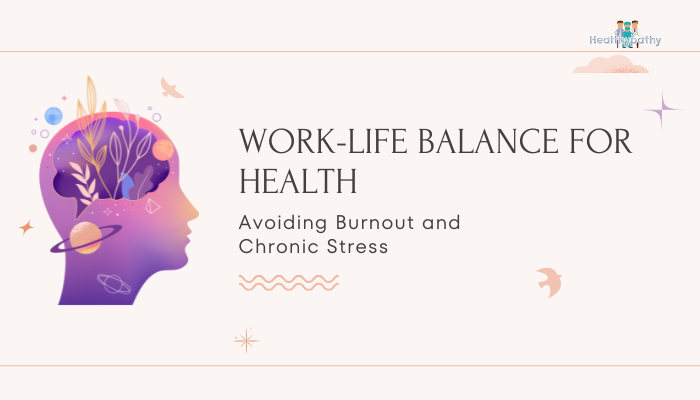Introduction
Bacterial vaginosis (BV) is the most common vaginal infection in women of reproductive age. Characterized by a disruption in the normal balance of vaginal bacteria, it can cause bothersome symptoms such as unusual discharge or odor. Many women, however, remain unaware of BV’s prevalence or mistake it for yeast infections, potentially delaying appropriate care. Understanding how BV arises, how it’s treated, and what lifestyle measures can help prevent recurrences are key steps in maintaining vaginal health. This article covers the fundamentals of bacterial vaginosis, highlights risk factors, and shares prevention and treatment strategies to help you stay informed and proactive.
What Is Bacterial Vaginosis?
The Vaginal Microbiome
A healthy vagina hosts a complex ecosystem of microorganisms, with lactobacilli playing a critical role by producing lactic acid and hydrogen peroxide that keep vaginal pH on the acidic side (typically around 3.8–4.5). This acidity helps ward off overgrowth of harmful bacteria.
In bacterial vaginosis, the usual lactobacilli population diminishes, and other bacteria—like Gardnerella vaginalis, Atopobium vaginae, and others—multiply. The result is a less acidic environment, fostering an imbalance that can lead to noticeable symptoms, especially a “fishy” odor or thin, grayish discharge. BV is not considered a traditional sexually transmitted infection (STI) in the same sense as gonorrhea or chlamydia, but sexual activity can influence its development and recurrence.
Why It Matters
Though BV doesn’t always cause severe symptoms, it’s important to diagnose and treat because:
- Increased Infection Risk: Women with BV may be more prone to acquiring STIs like HIV or transmitting them to partners.
- Pregnancy Complications: BV can raise the chance of preterm labor or low birth weight if left unmanaged.
- Recurrent Infections: Without addressing underlying lifestyle or risk factors, BV can come back repeatedly, causing prolonged inconvenience and discomfort.
Common Symptoms and Signs
Although some women remain asymptomatic, possible indicators of BV include:
- Vaginal Discharge: Often thin, gray, or off-white, and more abundant than usual.
- Fishy or “Off” Odor: Especially noticeable after intercourse or during menstruation.
- Mild Irritation or Itching: Less common than in yeast infections, but still possible.
Any shifts in vaginal discharge, odor, or comfort warrant attention. However, symptom overlap with yeast infections or trichomoniasis can lead to misdiagnosis, emphasizing the importance of professional evaluation.
Main Causes and Contributing Factors
Microbial Imbalance
In BV, an overgrowth of diverse bacteria replaces the protective lactobacilli. This shift may occur spontaneously or due to environmental changes in the vagina. Relevant triggers:
- Sexual Activity: Multiple or new sexual partners, or unprotected intercourse, might alter bacterial composition.
- Douching: Rinsing the vagina with water or other solutions disrupts beneficial flora, encouraging harmful bacteria to thrive.
- Menstrual Cycle Changes: Hormonal shifts may influence the acidity levels, though the direct cause-and-effect can vary among individuals.
Not “Dirty” or Poor Hygiene
A key myth about BV is that it stems from poor hygiene or “uncleanliness.” In reality, excessive cleaning or harsh soaps can worsen the problem by washing away protective lactobacilli.
Associated Risk Factors
- Cigarette Smoking: Smoking can weaken natural defense mechanisms, raising risk for various infections.
- Intrauterine Devices (IUDs): Some studies link non-hormonal IUD usage to slightly higher BV rates, potentially due to the creation of a new environment for bacteria.
- Stress and Diet: While more research is needed, lifestyle factors that compromise immune function may indirectly encourage vaginal flora imbalances.
Diagnosis and Testing
Women suspecting BV should consult a healthcare professional for an accurate diagnosis. Methods include:
- Physical Examination: A visual check for discharge appearance and odor clues.
- Whiff Test: Adding a potassium hydroxide solution to a sample of discharge to see if a fishy odor intensifies—this is characteristic of BV.
- pH Testing: Vaginal fluid pH above 4.5 suggests BV.
- Microscopic Analysis (Wet Mount): Detection of “clue cells”—epithelial cells studded with bacteria—indicates BV.
Occasionally, specialized laboratory tests may confirm or rule out other infections like gonorrhea, chlamydia, or yeast, ensuring the correct treatment plan.
Treatment Options
Antibiotics
Typical first-line approaches involve:
- Metronidazole (Oral or Gel): Usually taken orally for 5–7 days, or applied as a vaginal gel.
- Clindamycin (Cream or Oral): Another antibiotic that targets BV-related bacteria.
Following treatment instructions fully, even if symptoms fade quickly, is essential to prevent relapse. However, about 20–30% of women may experience a recurrence within months.
Probiotics and Complementary Approaches
While conclusive data are mixed, some women find that supplementing with Lactobacillus probiotics (either orally or as vaginal suppositories) supports beneficial flora re-establishment. Maintaining a consistent regimen might be beneficial, though it shouldn’t replace standard antibiotic treatment when needed.
Recurrent BV Management
If infections return multiple times:
- Longer Antibiotic Courses: Extended or repeated antibiotic regimens can help.
- Boric Acid Suppositories: Sometimes recommended post-antibiotic therapy to maintain an acidic environment.
- Behavioral Adjustments: Evaluate sexual habits, douching, or other lifestyle factors to reduce recurrence triggers.
Myths and Misconceptions About BV
- Myth: BV = STI
While linked to sexual activity, BV is not strictly classified as an STI. It’s an imbalance of the normal vaginal flora. - Myth: Only Women with Poor Hygiene Get BV
As discussed, over-cleansing can backfire, and many hygiene-conscious women still get BV due to changes in vaginal pH. - Myth: You Can Treat BV with Over-the-Counter Yeast Medications
OTC antifungal products (miconazole or clotrimazole) target yeast, not bacteria. BV typically requires antibiotic treatment or specifically recommended interventions. - Myth: BV Doesn’t Need Treatment If It’s Mild
Untreated BV can lead to complications, including pelvic inflammatory disease or heightened susceptibility to STIs. Seeking medical advice ensures proper handling.
Prevention Strategies
Avoid Douching and Harsh Soaps
The vagina is self-cleaning. Douching disrupts its delicate ecosystem, making bacterial imbalance more likely. Stick to gentle, fragrance-free cleansers for external washing only.
Practice Safe Sex
Using protection helps limit the introduction of new bacteria and STIs that can disturb the vaginal microbiome. Limiting the number of sexual partners may also reduce the risk of BV recurrences.
Maintain Healthy Habits
- Balanced Diet and Hydration: Overall health influences your immune system’s capacity to keep microflora in check.
- Manage Stress: Chronic stress can impair immune resilience.
- Avoid Smoking: Smoking disrupts vaginal flora and can increase recurrence risk.
Consider Probiotics
If you’re prone to BV or on antibiotics frequently, daily probiotic intake (via fermented foods or supplements) may support beneficial bacteria, though results vary. Look for Lactobacillus strains specifically marketed for vaginal health.
Post-Antibiotic Vigilance
Finishing a course of antibiotics for unrelated infections (like a UTI or sinusitis) might predispose you to vaginal imbalance. Using a short course of probiotics or vaginal products under medical advice could help ward off opportunistic bacteria.
Coping with Recurrent BV
Emotional and Social Impact
Frequent BV can erode self-confidence or spark worries about intimacy. Women might feel embarrassment discussing ongoing infections with partners or fear stigma, even though BV is common.
Partner Communication
While not an STI, some changes in sexual behavior might help reduce triggers—such as switching to condoms or adjusting lubrication to less irritating formulas. Sharing your condition openly can facilitate a supportive approach to prevention.
Discuss Long-Term Solutions
Those with repeated BV episodes may benefit from:
- Maintenance Antibiotics: Occasionally used in severe cases.
- Regular Checkups: Scheduling follow-up visits to confirm the infection has cleared fully.
- Lifestyle Overhaul: Reevaluating personal, dietary, and sexual habits to identify potential triggers.
When to See a Doctor
See a healthcare professional if:
- Symptoms Persist or Recur Often: More than two episodes within six months.
- OTC Treatments Aren’t Working: Over-the-counter yeast meds won’t fix bacterial issues.
- You Notice Unusual or Increasing Discharge: Changes in color, odor, or consistency.
- Pelvic or Abdominal Pain Emerges: Could signal a more serious infection.
A thorough exam and lab tests—like a wet mount or DNA test—can differentiate BV from yeast, trichomoniasis, or other possible infections.
Conclusion
Bacterial vaginosis is a common but often misunderstood infection caused by an imbalance in the vaginal ecosystem. Recognizing its symptoms and triggers—like excessive washing, new sexual partners, or antibiotic use—paves the way to effective prevention. Prompt medical evaluation is important because self-diagnosis (mistaking BV for a yeast infection, for instance) can prolong discomfort or risk complications.
Focusing on simple preventative measures—gentle hygiene, safe sex practices, possible probiotic use, and a healthy immune system—often helps women reduce their susceptibility. If BV becomes a recurring concern, collaborating with a healthcare provider on a tailored plan ensures that you address both current symptoms and underlying contributors, ultimately helping maintain balanced and infection-free vaginal health.
References
- https://www.cdc.gov
- Schwebke JR, Muzny CA, Josey WE. Role of Gardnerella vaginalis in the pathogenesis of bacterial vaginosis. Clin Microbiol Rev. 2014;27(3):592–617.
- Ma B, Forney LJ, Ravel J. The vaginal microbiome: rethinking health and disease. Annu Rev Microbiol. 2012;66:371–389.
- ACOG Practice Bulletin No. 215: Vaginitis. Obstet Gynecol. 2020;135(1):1–17.
- Livengood CH. Bacterial vaginosis: an overview for 2025. Curr Infect Dis Rep. 2025;17(2):155–162.







